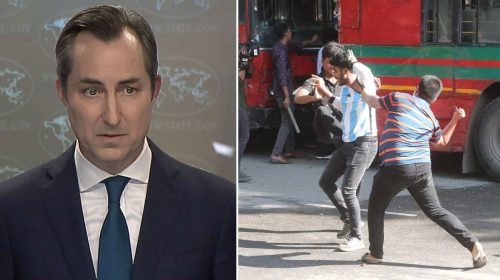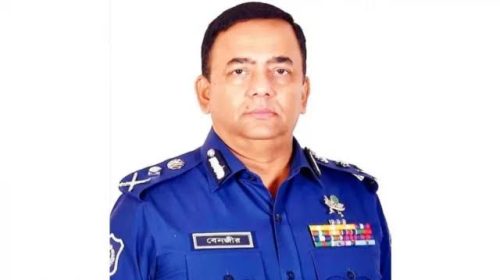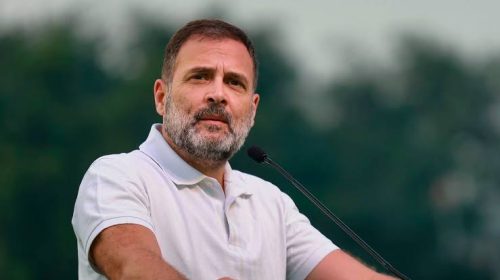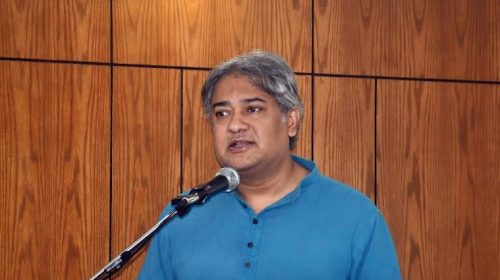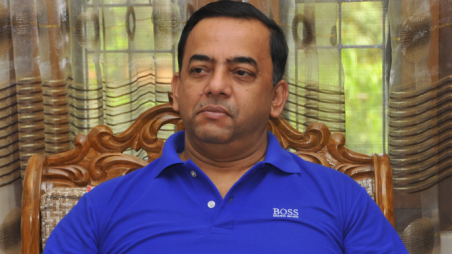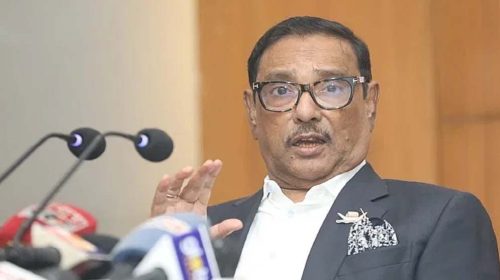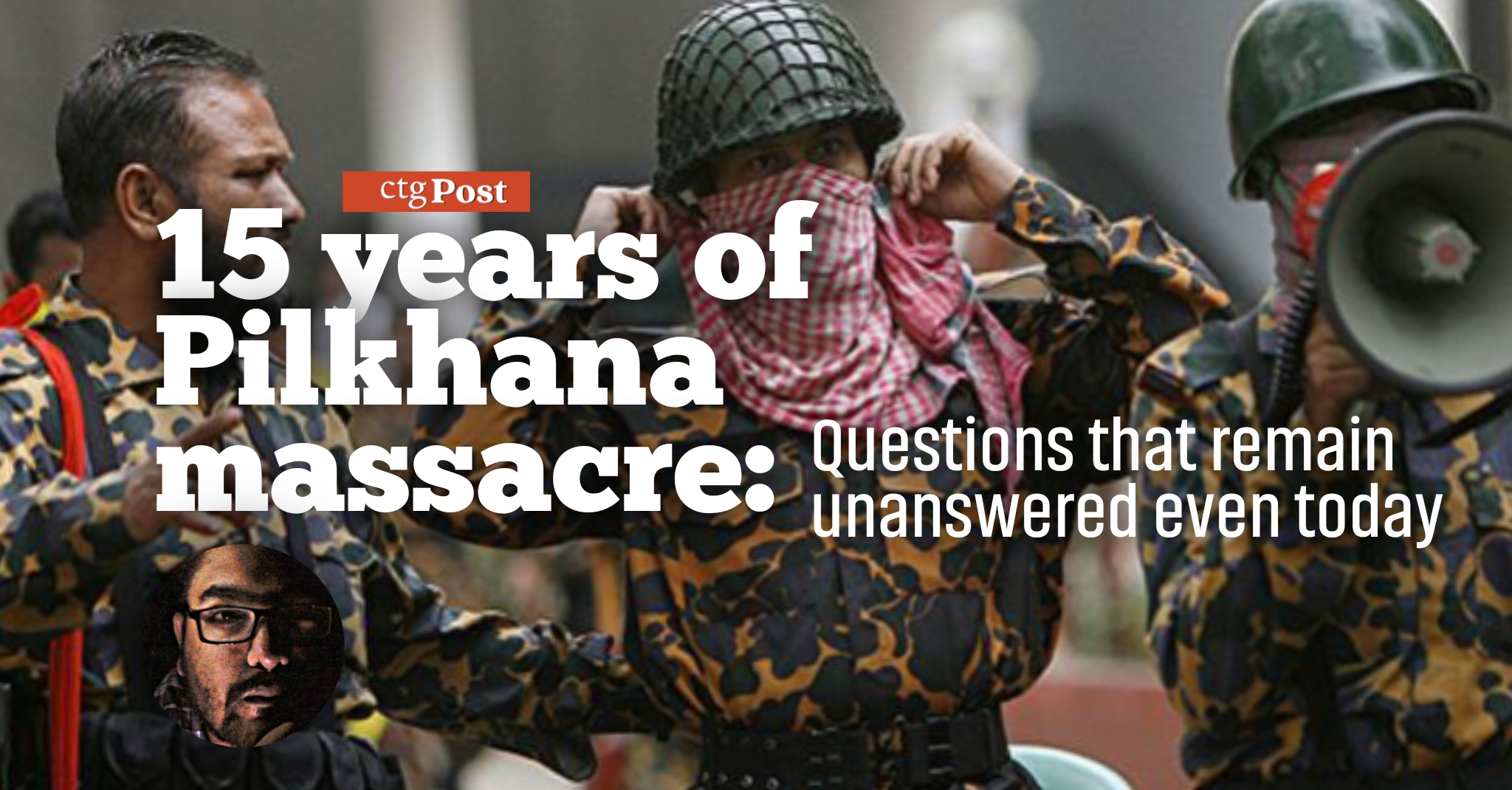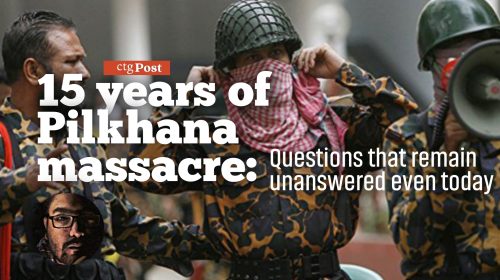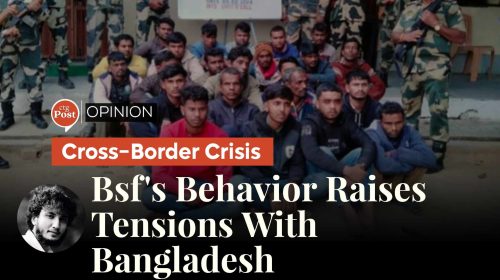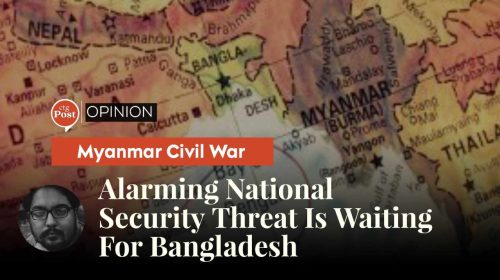Today is the solemn day of the brutal Pilkhana massacre. Despite passing more than a decade, various questions remain unanswered. The accused BDR (now known as BGB) members spend their days in darkness, surrounded by false accusations and defamation.
On the 25th and 26th of February in 2009, the heinous massacre took place at the former BDR (now BGB) headquarters. On that day, 57 Bangladeshi army officers were martyred. Even during the Liberation War of Bangladesh, we did not witness such a high number of army officers being martyred. Along with this tragedy, a total of 55 officers were martyred during the Liberation War.
The horrifying chapter unfolded on the morning of February 25th at 9:27 am as a group of rebel BDR soldiers stormed into the annual Darbar at the Durbar Hall. One of the rebels aimed a firearm at the BDR Director General’s chest, marking the beginning of a brutal historical event. The rebel soldiers mercilessly attacked army officers with guns, resulting in casualties and hostage situations for their families. A wave of terror swept through Pilkhana as the rebels seized control of the entrance gates and unleashed gunfire in the surroundings. The talented army officers fell victim to the rebels’ bullets one after another as the rebellion lasted for 36 hours, leaving Pilkhana in a state of devastation and bloodshed.

In the 36-hour massacre, 57 army officers, a single soldier, two army officers’ wives, 9 BDR members, and five civilians tragically lost their lives.
As a result of the rebels’ massacre, the entire organizational structure of the BDR crumbled. Subsequently, the process of rebuilding the BDR commenced. The name, uniform, logo, organizational structure, and promotion within the BDR underwent significant restructuring. The organization’s name was altered to Border Guard Bangladesh (BGB). Furthermore, amendments were made to the BDR Mutiny Act. Under the Border Guard Act, rebellion now carries a maximum penalty of death.
There is ongoing public speculation surrounding the true motive behind the tragic murder. Despite the rebellion being cited as the cause, many believe there may have been ulterior motives at play. Given the circumstances of that time, it is not unfounded to consider alternative explanations. This has left numerous lingering questions in the minds of patriotic individuals.
On the day of the incident, concerns were raised regarding the government’s decision to send two state ministers for negotiations with the rebels instead of a more prominent figure. It later emerged that the mastermind behind the rebellion, DAD Tauhid, was actually a former classmate of State Minister Nanak. Additionally, BDR DDG Brigadier General MA Bari and Colonel Gulzar, both victims of the Pilkhana massacre, had previously held high-ranking positions in RAB. Furthermore, Mirza Azam, a member of the BDR rebellion reconciliation committee, was the brother-in-law of one of the individuals involved in the arrest of JMB chief Shaikh Abdur Rahman. Given these connections, it is natural to question whether the government’s choice of Nanak-Azam for mediation was influenced by prior knowledge of the BDR rebellion.
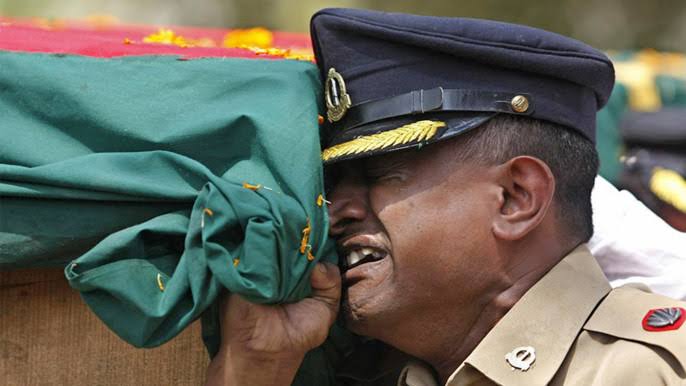
The commendable bravery displayed by the Home Minister and the IGO of Police during the perilous rescue operation in the eerie surroundings of Dark Pilkhana has been widely acknowledged. However, there are allegations against certain relatives who are accused of prioritizing the return of their own family members who serve in the army, while neglecting the well-being of other army personnel’s families.
According to analysts, the Pilkhana massacre can be traced back to India as the root cause. It is believed that India orchestrated this tragedy in order to disrupt the organizational structure of Bidya’s forces. This motive can be linked to a previous incident in April 2001, where 16 BSF jawans lost their lives in the BDR-BSF war at Roumari in Kurigram, as reported by BBC. Following this incident, Indian Defense Minister Jasbant Singh passionately declared in the Lok Sabha, “This act of aggression will not go unanswered.”
In addition to this, the announcement regarding the passing of BDR General Shakeel Ahmed and 11 other army officers was initially made on the NDTV channel, which is under the control of the Indian intelligence agency. The news was broadcasted at 12:13 pm Bangladesh time on February 25. Despite the efforts of Bangladesh intelligence agencies, they were unable to verify Shakil Ahmed’s death within two days. Government ministers and state ministers visited the BDR headquarters frequently and engaged in negotiations with the perpetrators, but there was no information about the tragic incident. Surprisingly, even on the following day, February 26, 2009, no Bangladeshi newspaper published such news. This raises questions about how the Indian media, situated far away in India, managed to confirm the deaths of these 12 officers. It certainly creates a sense of mystery. Many individuals wonder if the agents of the Indian intelligence agency were present within the BDR headquarters.
Following the Pilkhana massacre, India presented some unsolicited proposals. If these are accepted, it will further solidify Bangladesh’s subordination to India. The proposals include: (1) Funding for BDR, (2) Providing aid to Bangladesh, (3) Sending Indian troops for control, (4) Assisting in BDR reconstruction.
On March 2, 2009, “Hindustan Times” reported that warplanes were on standby at Jorahat Air Base near the Bangladesh border. A red alert was issued, and a brigade of parachute troops from Agra was stationed near Calcutta. Is India’s military readiness during Bangladesh’s turmoil aimed at releasing the Pilkhana killers, particularly the masked ones who carried out the brutal murders?
After the tragedy, Rakin Ahmed, son of the late BDR Director General Major General Shakeel, raised crucial questions about the Pilkhana massacre. To this day, these questions remain unanswered, hinting at a premeditated incident involving other individuals. Here are his thought-provoking questions for readers:
1) Why did the government choose to block entry when the army arrived following the rebellion?
2) In this military scenario, it would have been more appropriate for the army to take charge. Instead, the government opted to send political leaders without any security measures. How did the government possess such unwavering confidence in sending leaders without protection, considering the potential threat to their lives from the rebels?
3) After the killings took place and the soldiers managed to escape, why was the decision made to relocate the army to a nearby area just 3 km away?
4) The brutal Pilkhana massacre resulted in the loss and mutilation of 57 officers, a number even surpassing the casualties of the war of independence. This raises the question: why were Colonel Gulzar and other competent officers hastily transferred from RAB to BDR just a few days prior to this tragic incident?
The Pilkhana massacre remains a scandalous chapter in the history of Bangladesh. Despite the execution of 139 BDR members and the sentencing of 185 others to life imprisonment in 2017, the people of the country still harbor lingering doubts and unanswered questions.


